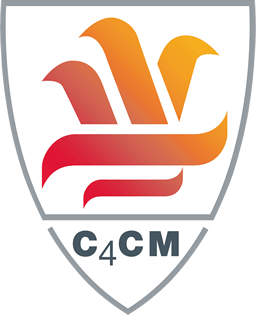Decisions first, organisation later
 Which do you think should come first: the definition of the task to be carried out or the team to do the task? So what happens when an organisation needs to change: the top manager re-organises his senior team to prepare for the change. This seems to be putting the cart before the horse. Especially as the ‘new’ team have a new operational role to get to grips with before they can address the changes.
Which do you think should come first: the definition of the task to be carried out or the team to do the task? So what happens when an organisation needs to change: the top manager re-organises his senior team to prepare for the change. This seems to be putting the cart before the horse. Especially as the ‘new’ team have a new operational role to get to grips with before they can address the changes.
I propose that the key decisions needed to set up a change initiative are identified and then the appropriate leadership team are appointed to make those decisions.
The development of the design of a change is an iterative process of adding more detail onto a structure. The basic structure is usually a business case which summarises what, why, where, when and how. At each stage decisions are made about the detail which eventually lead to implementation and benefits. To make the best decisions the right people need to be involved and they need to access all relevant information (most of which is in the heads of the right people).
I am promoting the idea that decision making is a missing skill from change management practice. Earlier blogs have touched on making decisions work and quick, effective decision making. The idea for this post is derived from an article in the June edition of the Harvard Business Review by Marcia W. Blenko, Michael C. Mankins, and Paul Rogers called The Decision-Driven Organization. In this article the authors identify the propensity of a CEO to re-organise the business ahead of significant changes; whereas the better strategy is to determine the change needs by examining the decisions that have to be made — then organise to make those decisions by the right people at the right level. The same should happen when setting up a change initiative.
What are the first decisions in a change?
It is not difficult to identify the initial decisions that need to be made for a new change initiative. Just look at the business case structure. What is harder is to determine is who needs to make those decisions (exactly who will be accountable for the decision and at the appropriate level to make it work), who needs to be involved, and what information is going to be required to make an informed decision. I note that most project and programme methods focus on getting a team in place before any decisions are made, yet they don’t link the team to the work of making those decisions.
Here is my suggestion for the first decisions.

Working clockwise from the top you can see that the people in the leadership team will have a big influence on getting these decisions made effectively and efficiently. To quote the authors of the HBR article “If you can align your organization’s structure with its decisions, then the structure will work better, and your company’s performance will improve.”
The authors also discuss their research on decision making and demonstrate a strong correlation between an organisation’s decision making capability and it’s financial performance whilst they find no correlation between performance and organisation (i.e. changing the organisation does not materially affect financial performance).
The assessment of decision capability used 4 measures: “decision quality (whether decisions proved to be right more often than not), speed (whether decisions were made faster or slower than competitors), yield (how well decisions were translated into action), and effort (the time, trouble, and expense required for each key decision).” Lets see what these might mean for change.
Decision quality
Assessing whether a decision is right or not requires the decision makers to set out testable criteria for success of a decision (which should be part of the framework for making the decision). Then, very important this, each decision is reviewed later to see how the results match the criteria. I admit that this level of reflection is unusual in most organisations; but it is explicitly included in quality for programme management.
Speed
In a change, keeping up with the competition is not so important. Making the decision at the right time is more important. Make the decision too early and you may not yet have access to critical information; make the decision too late and the effort is wasted. One of the lessons from big science discussed timely decision making.
Yield
This might be also called impact. How does the action resulting from the decision impact on the change; or what is the amount (value, benefits) of the change affected by this decision. Understanding the scope and impact of a decision can help to focus resources and establish a priority for investment.
Effort
This is the cost of making the decision. The time and resources used to collect the information needed, the meetings to discuss and manage the decision. The time spent by the decision maker in preparing, documenting and eventually making the decision. Understanding how much effort a good decision takes will help prepare for future good decisions.
Review
How good is your decision making capability? The article has a little self test questionnaire if you want to have a go. Tweet us your comments @C4ChangeMgt.
